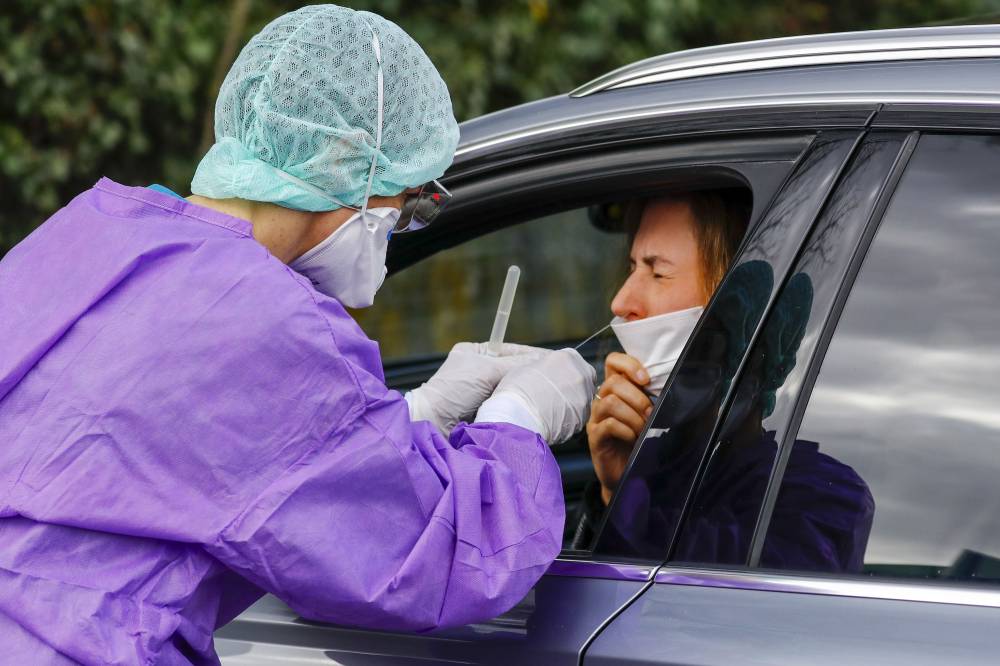It doesn’t matter that the United States surpassed China this week in reported Covid-19 cases because those numbers (83,507 and 81,782 respectively as of March 26) don’t tell us how many people actually became infected in either country. Nor do they tell us how fast the disease is spreading, since only a tiny portion of the population in the United States has been tested.
"The numbers are almost meaningless,” says Steve Goodman, a professor of epidemiology at Stanford University. There’s a huge reservoir of people who have mild cases, and would not likely seek testing, he says. The rate of increase in positive results reflect a mixed-up combination of increased testing rates and spread of the virus.
We will need more complete data, smarter data and more coordinated data to communicate something meaningful about the extent of Covid-19 in the United States, how many people are likely to die, which hospitals are likely to be swamped and whether drastic changes in the way Americans live will start to slow down the spread of the virus.



















With your current subscription plan you can comment on stories. However, before writing your first comment, please create a display name in the Profile section of your subscriber account page.